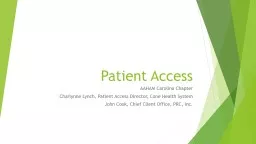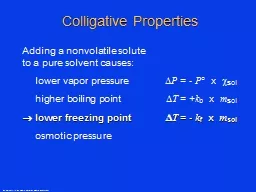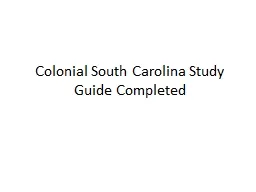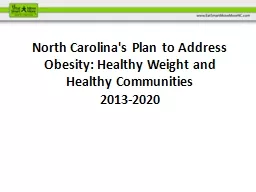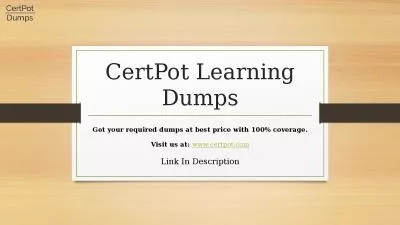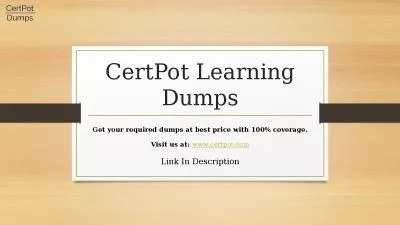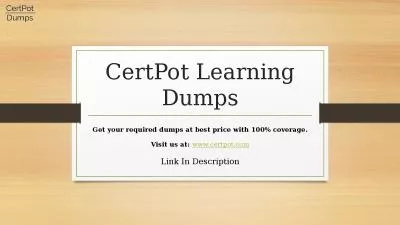PPT-Patient Access AAHAM Carolina Chapter
Author : natalia-silvester | Published Date : 2018-12-21
Charlynne Lynch Patient Access Director Cone Health System John Cook Chief Client Office PRC Inc Topics of Focus Patient Experience Patient Access Metrics and
Presentation Embed Code
Download Presentation
Download Presentation The PPT/PDF document "Patient Access AAHAM Carolina Chapter" is the property of its rightful owner. Permission is granted to download and print the materials on this website for personal, non-commercial use only, and to display it on your personal computer provided you do not modify the materials and that you retain all copyright notices contained in the materials. By downloading content from our website, you accept the terms of this agreement.
Patient Access AAHAM Carolina Chapter: Transcript
Download Rules Of Document
"Patient Access AAHAM Carolina Chapter"The content belongs to its owner. You may download and print it for personal use, without modification, and keep all copyright notices. By downloading, you agree to these terms.
Related Documents

